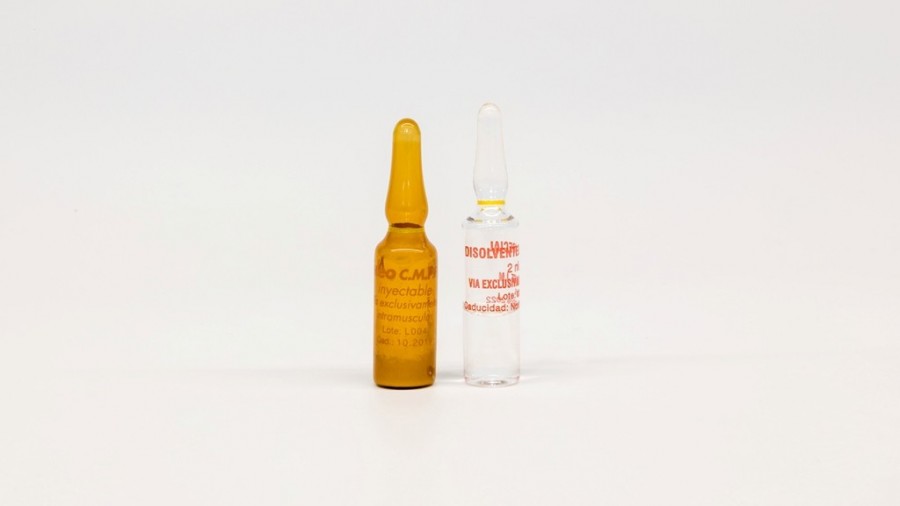
Inhibition of these MAPKs decreased both MMP-2 activation and cell migration. MMP-2 activation evoked by injury or UTP was also mediated by the phosphorylation of all three major mitogen-activated protein kinases (MAPKs: ERK ½, p38 and JNK). Knockdown of the P2Y2 receptor or of MMP-2, using specific shRNAs, highly reduced cell migration and wound closure induced by UTP. P2Y activation induces a biphasic MAPK activation (Early and Late) and also the activation of an extracellular metalloproteinase (MMP-2). Our results demonstrated that UTP treatment induces Schwann cell migration and wound healing, through the activation of the P2Y2 receptor.

UTP and other nucleotides are released during nerve injury and activate purinergic receptors expresed on the Schwann cell surface, but little is known on the involvement of purine signalling in wound healing. In response to peripheral nerve injury, Schwann cells adopt a migratiory phenotype and modify the extracellular matrix to make it permissive for cell migration and axonal regrowth. Because extracellular nucleotides can act as signalling molècules, our research group focus the studies in which are the effects of the Nucleo CMP forte drug and the triphosphate nucleotides in Schwann cells, one of the most important population in the regeneration of the Peripheral Nervous System. But their exact mechanism of action is still unknown. Nucleo CMP forte is a drug mainly composed of nucleotides (UMP, UDP, UTP and CMP), prescribed to patients with Peripheral Nervous System disorders.

Depsite the big importance of those pathologies, less drugs are effective for their treatment, and most of the prescribed drugs are based on the inhibition of pain. Peripheral neuropaties are one of the major complications of the Peripheral Nervous System.


 0 kommentar(er)
0 kommentar(er)
